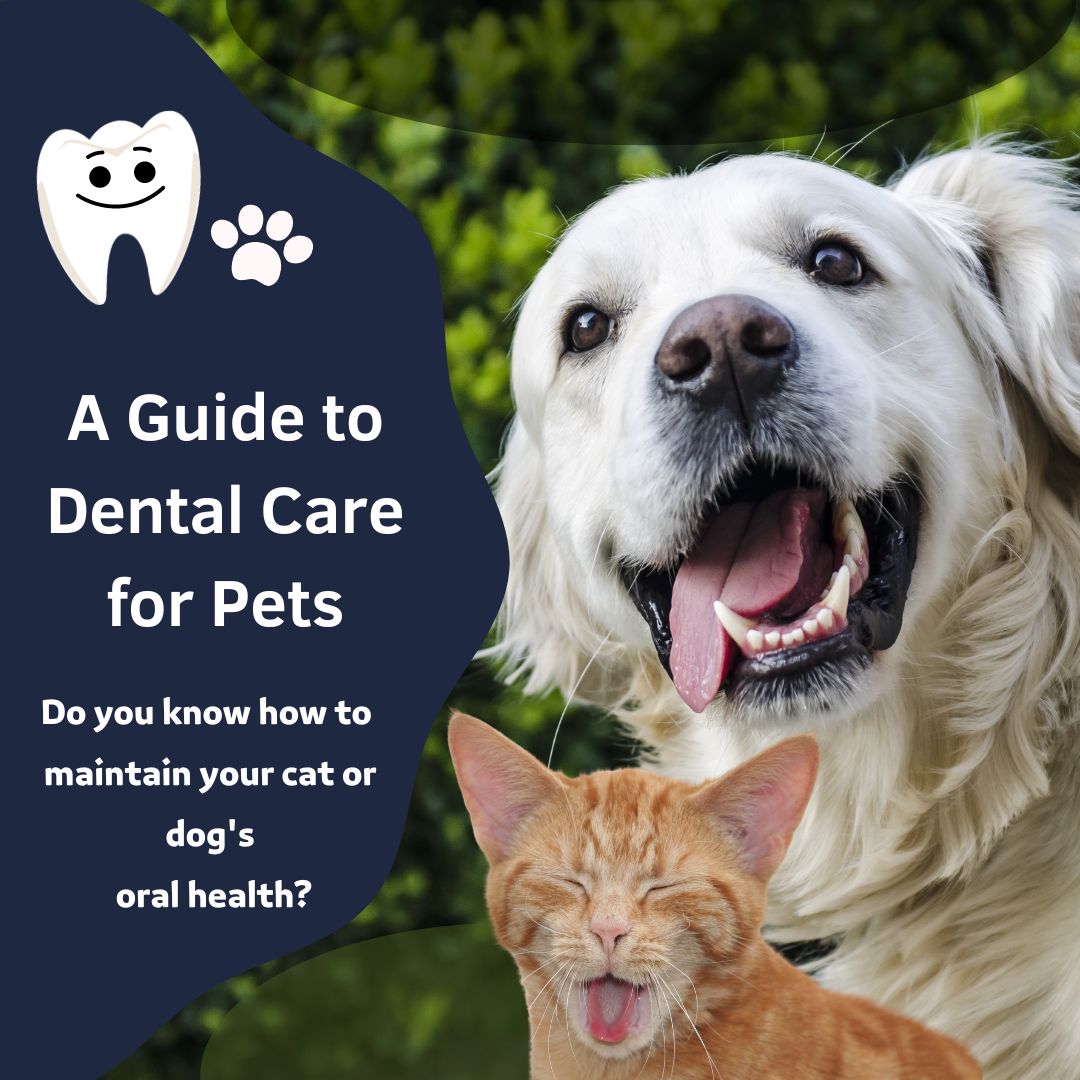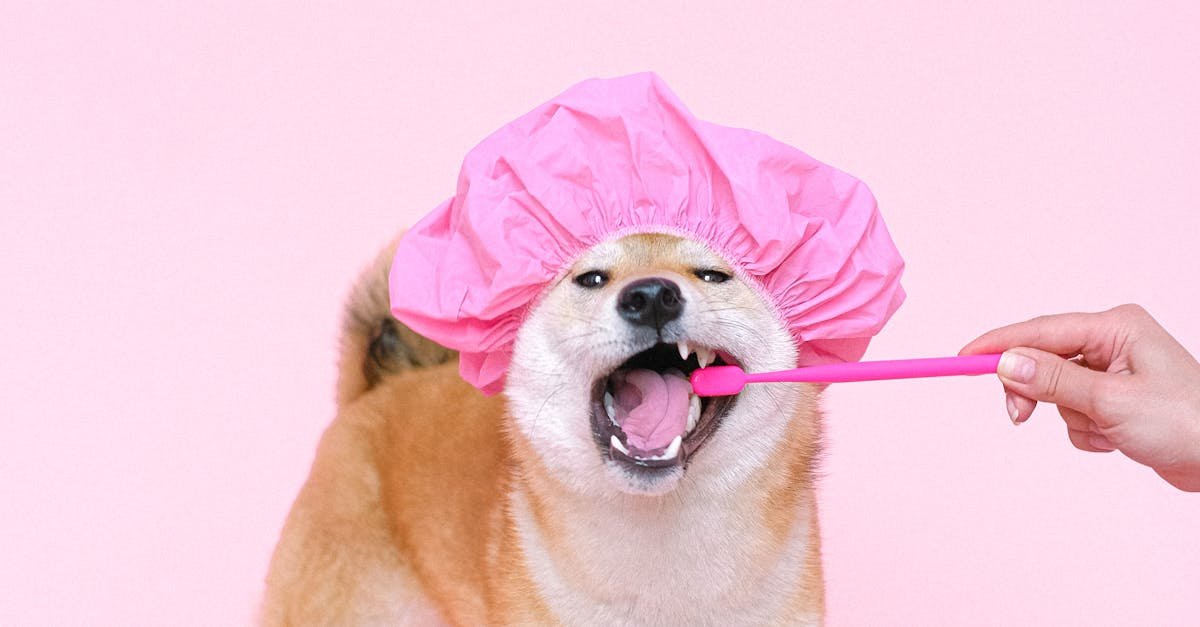
Dog Dental Care – A Complete Guide for Owners
Estimated reading time: 8 minutes
Key Takeaways
- 80% of dogs develop dental issues by age three, making oral care essential.
- Neglecting dental health can lead to painful infections and organ damage.
- Regular brushing, vet check-ups, and dental chews are key to prevention.
- Avoid human toothpaste—opt for dog-safe alternatives.
- Watch for warning signs like bad breath or reluctance to eat.
Table of Contents
- Why Dog Dental Care Matters
- How to Clean Your Dog’s Teeth at Home
- Best Dental Chews for Dogs
- Additional Tips for Maintaining Dog Oral Health
- Common Mistakes to Avoid
- Frequently Asked Questions
Why Dog Dental Care Matters
Did you know that dog dental care is about more than just fresh breath? By age three, 80% of dogs develop dental issues like plaque, tartar, or gum disease (PetMD). Ignoring your dog’s oral health can lead to pain, infections, and even damage to their heart, liver, and kidneys (AVMA).
On the flip side, good dog dental care means:
- ✔ Fresher breath (no more “doggy kisses” that knock you over!).
- ✔ Healthier gums and teeth.
- ✔ A longer, happier life for your pup (Lange Animal Hospital).
How to Clean Your Dog’s Teeth at Home
Brushing your dog’s teeth might sound tricky, but with patience, it’s easy. Here’s a step-by-step guide:
1. Choose the Right Toothbrush
- Use a dog toothbrush (softer bristles) or a finger brush for better control (Nylabone).
2. Pick a Dog-Safe Toothpaste
- Never use human toothpaste—it contains toxic ingredients like xylitol.
- Opt for enzymatic dog toothpaste or a homemade dog toothpaste (baking soda + coconut oil, but check with your vet first) (Tibetan Dog Chew).
3. Get Your Dog Comfortable
- Let them lick the toothpaste first to get used to the taste.
- Gently lift their lips and touch their teeth for short sessions, rewarding calm behavior (Dogs Trust).
4. Brush Properly
- Focus on the gum line and back teeth (where plaque hides).
- Use small circles and keep sessions short (1–2 minutes) (Fairview Veterinary Clinic).
5. How Often Should You Brush?
- Ideal: Daily.
- Realistic goal: 2–3 times a week for big benefits (AVMA).
If your dog hates brushing, try:
- Dental wipes (gentle alternative).
- Coconut oil (antibacterial and safe to lick) (Tibetan Dog Chew).
For more tips on pet-safe ingredients, check out our guide on Can Dogs Eat Sauerkraut?.
Best Dental Chews for Dogs (Supplemental Care)
Dental chews help reduce plaque—but they don’t replace brushing. Here’s how to pick the best:
- ✅ Look for VOHC-approved products (vet-recommended).
- ✅ Match chew size to your dog’s breed (small dogs need softer chews).
- ✅ Supervise chewing to prevent choking (Lange Animal Hospital).
Top Dental Chews for Dogs
- Enzymatic chews (break down plaque).
- Raw bones (supervised—never cooked bones!).
- Dental sticks (great for daily use).
- Yak cheese chews (long-lasting and natural) (Nylabone).
For eco-friendly chew options, explore our list of Eco-Friendly Pet Toys.
Additional Tips for Maintaining Dog Oral Health
1. Water Additives
- Freshen breath and reduce bacteria—but don’t skip brushing (Fairview Veterinary Clinic).
2. Regular Vet Check-Ups
- Annual dental exams catch problems early (AVMA).
3. Watch for Warning Signs
- Bad breath (could mean infection).
- Drooling or pawing at the mouth (sign of pain).
- Reluctance to eat (possible toothache) (Tibetan Dog Chew).
Learn how to handle pet emergencies in our Pet First Aid Guide.
Common Mistakes to Avoid
- ❌ Using human toothpaste (toxic to dogs).
- ❌ Skipping professional cleanings (tartar needs vet removal).
- ❌ Relying only on chews (they’re a supplement, not a solution) (Dogs Trust).
For more on pet-safe products, read our guide to Sustainable Pet Products.
Frequently Asked Questions
- How often should I brush my dog’s teeth?
- What are the best dental chews?
- Can I use human toothpaste?
How often should I brush my dog’s teeth?
Ideally daily, but even 2–3 times a week provides significant benefits. Consistency is key to preventing plaque buildup.
What are the best dental chews?
Look for VOHC-approved chews like enzymatic treats or yak cheese chews. Always supervise chewing and match the size to your dog’s breed.
Can I use human toothpaste?
No—human toothpaste contains xylitol and other ingredients toxic to dogs. Always use a dog-safe toothpaste or vet-approved alternatives.
